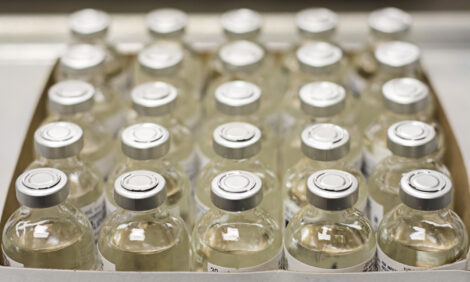



Researchers Use Imaging Technology to Detect Wooden Breast Fillets
US - Researchers have managed to differentiate chicken breasts with the wooden breast condition from normal ones using imaging technology.Fillets with this abnormality have an uncharacteristically hard or rigid feel. The wooden breast condition results in decreased fresh meat quality, inferior yield in processed products, diminished nutritional quality, potential product condemnations and reduced consumer acceptance. Due to altered shape and rigidity issues, wooden breast fillets may also create problems for processors during fillet portioning and further processing.
Unfortunately, an objective method to rapidly and non-destructively detect the wooden breast condition for the purposes of product sorting has not been developed. The current method of wooden breast detection involves subjective scoring through tactile evaluation and product handling.
Multiple imaging technologies were utilised in the new research, and breast fillets affected by wooden breast could be detected with greater than 95 per cent accuracy.
These results point to the feasibility of adapting imaging technology to detect wooden breast in an online processing plant setting. The development of such detection methods would allow processors to more easily and accurately segregate product based on quality and uniformity.
The research was completed at the USDA-ARS US National Poultry Research Center in Athens, Georgia, and was funded by USPOULTRY and the USPOULTRY Foundation.








